⌛🪶Cars: From Toys to Machines
Story of evolution of Cars
Understanding the history of cars means first deciding what counts as a "car." Are we talking about any wheeled vehicle, or does it need an engine? If so, what kind of engine?
The word "car" comes from the Latin word "carrus," which means a wheeled vehicle. With this in mind, let's explore the history of self-propelled vehicles.
Hans Hautsch's Self-Propelled Car (1649)
One of the earliest self-propelled vehicles was created by Hans Hautsch, a German inventor, in 1649. Hautsch's car worked with a system of springs wound by a key, similar to modern wind-up toys. It could move about 2,000 paces (around 1.6 kilometers) in an hour.
Nicolas-Joseph Cugnot's Steam-Powered Tricycle (1769)
In 1769, French engineer Nicolas-Joseph Cugnot built the first full-scale, self-propelled mechanical vehicle. His steam-powered tricycle was designed for military use and could travel at about 4 kilometers per hour. This invention was a significant step forward in automotive technology.
Steam-Powered Vehicles and the Locomotives Act (1865)
In the 19th century, inventors experimented with steam-powered vehicles. Innovations like hand brakes, multispeed transmissions, and better steering were developed. Some steam vehicles were used for public transportation, but there was resistance to these large machines.
The UK passed the Locomotives Act of 1865, which required self-propelled vehicles on public roads to be preceded by a person waving a red flag and blowing a horn. This law effectively halted the development of road automobiles in the UK for most of the 19th century. Inventors then focused on improving railway locomotives. The law was not repealed until 1896, though the red flag requirement ended in 1878.
Early Steam Cars
In 1816, Josef Bozek, a professor at Prague Polytechnic, built an oil-fired steam car. Walter Hancock, a London steam bus operator, built a two-seated steam car phaeton in 1838. These vehicles showed the potential of steam power for transportation.
The Great Race of 1878
To encourage innovation, the state of Wisconsin offered a $10,000 prize in 1875 (equivalent to about $277,455 today) for a vehicle that could maintain an average speed of more than 8 kilometers per hour over a 320-kilometer course.
This led to the first city-to-city automobile race in the U.S. on July 16, 1878, from Green Bay to Madison, Wisconsin. Only two of the seven registered vehicles competed. The Green Bay vehicle was faster but broke down, while the Oshkosh vehicle completed the race in 33 hours and 27 minutes, with an average speed of 9.7 kilometers per hour. The legislature awarded half the prize in 1879.
The Rise of Internal Combustion Engines
By the 1930s, the development of internal combustion engines had peaked, making steam engines for cars uneconomical. Diesel engines further accelerated this trend.
Siegfried Marcus and the First Gasoline Car
Around 1870, Siegfried Marcus from Vienna, Austria-Hungary, put a liquid-fueled internal combustion engine on a handcart, making him the first to propel a vehicle using gasoline. His second car, built in 1875, was the first gasoline-driven car and is housed at the Vienna Technical Museum.
Carl Benz's Gasoline-Powered Automobile (1886)
Carl Benz developed the first modern car designed for everyday use in 1886. His gasoline-powered automobile, the Benz Patent-Motorwagen, was the first produced in series. Benz is often called the "father of the car" and the "father of the automobile industry" for his pioneering work. His wife, Bertha Benz, demonstrated the car's feasibility with a trip from Mannheim to Pforzheim in 1888.
Andreas Flocken's Electric Car (1888)
In 1888, German inventor Andreas Flocken developed the Flocken Elektrowagen, considered the first true electric car. It had a simple design with a battery-powered motor, showcasing the early potential of electric propulsion.
Stories of Some Automobile Companies
The Selden Patent and Ford's Challenge
American George B. Selden filed for a patent on May 8, 1879, for an engine used in a four-wheeled car. Selden licensed his patent to most major American automakers, collecting fees from each car produced and creating the Association of Licensed Automobile Manufacturers (ALAM).
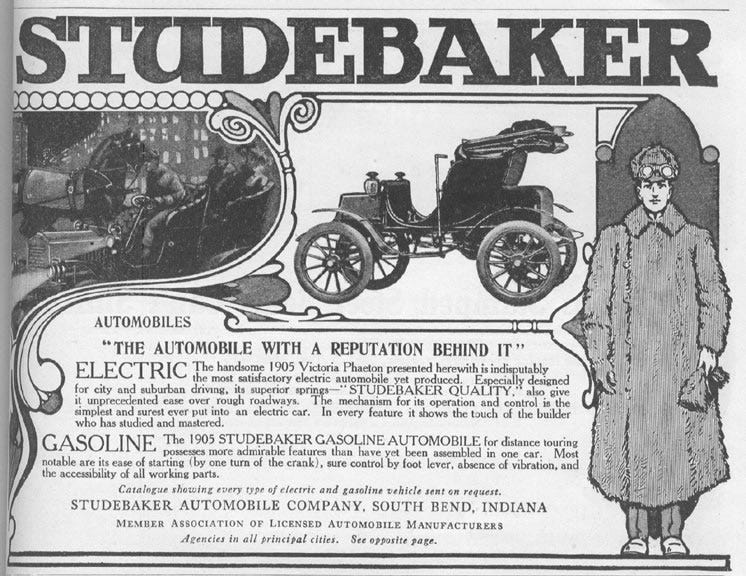
The Ford Motor Company fought this patent in court and eventually won on appeal. Henry Ford testified that the patent hindered rather than encouraged the development of automobiles in the U.S.
Panhard et Levassor and Peugeot
The first company formed exclusively to build automobiles was Panhard et Levassor in France, which also introduced the first four-cylinder engine in 1889. Peugeot followed two years later. By the early 20th century, the automobile industry was booming in Western Europe, especially in France, which produced nearly half of the world's automobiles in 1903.
The Duryea Brothers
In 1893, Charles and Frank Duryea founded the Duryea Motor Wagon Company in Springfield, Massachusetts, becoming the first American automobile manufacturing company. Their first ten production vehicles were the first automobiles sold in the United States. They took part in Britain's London to Brighton Veteran Car Run (a motoring event) and their car defeated the nearest competition by a whooping 75 minutes.
The Studebaker Brothers
The Studebaker brothers from South Bend, Indiana, transitioned from building horse-drawn vehicles to electric automobiles in 1902 and gasoline engines in 1904. They continued to build horse-drawn vehicles until 1919.
The Ford Model T
Introduced by Henry Ford in 1908, the Ford Model T was the first mass-affordable automobile. Using assembly line techniques, production costs were significantly reduced, making car ownership accessible to the general public. The Model T revolutionized the automotive industry and set the standard for future mass production.
It should be remembered, that a LOT of people have contributed to the evolution of the car. From the invention of tires to modern IC engines to sensors to safety systems like seat belts. So, while singling out one inventor for such a huge industry would be unfair, at the same time remembering these pioneers is always worth the time.
Previous Articles
Economic Bubbles: Money, Madness, and Meltdown (Recommended)
Bread: From Grain to Global Staple
Coffee: From First Wave to Third Wave
Airflight: Early Aviation Marvels (Recommended)
How do Bitcoins work? What gives them value?




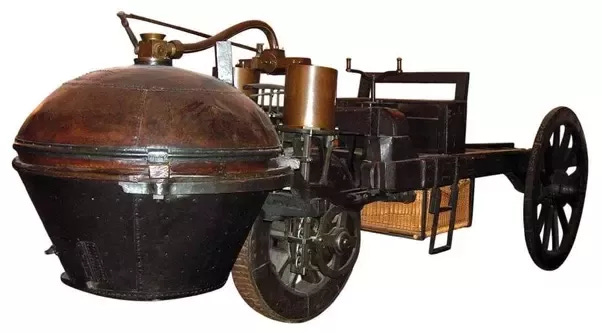
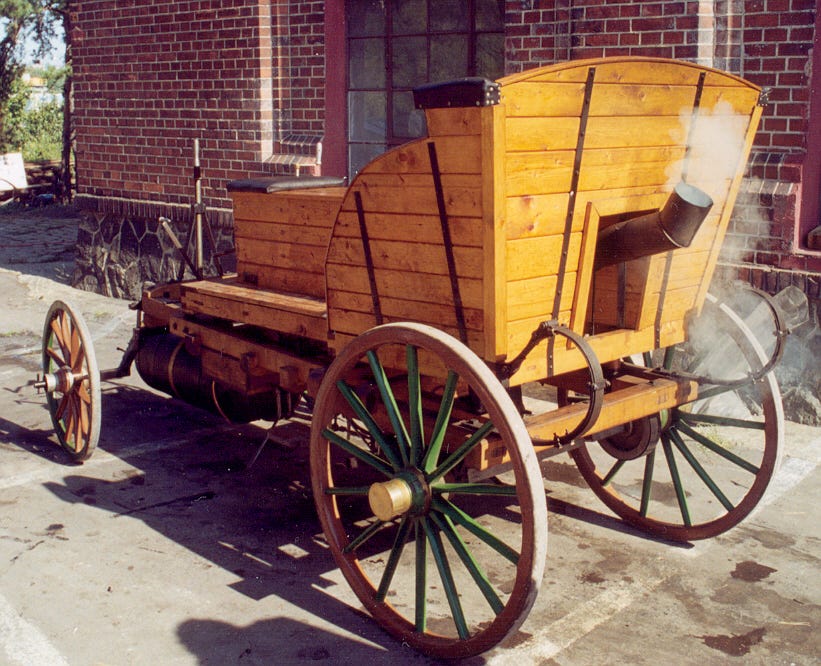

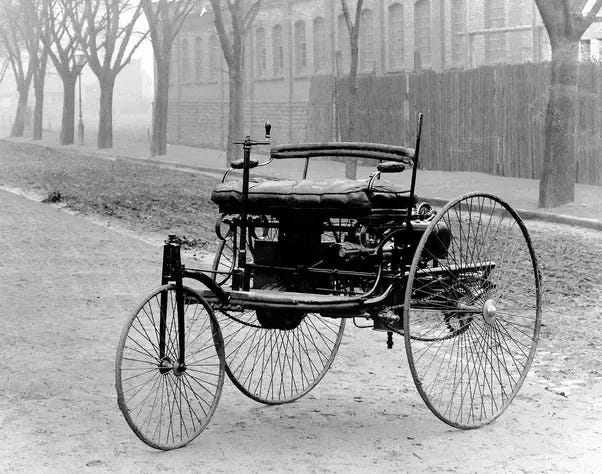
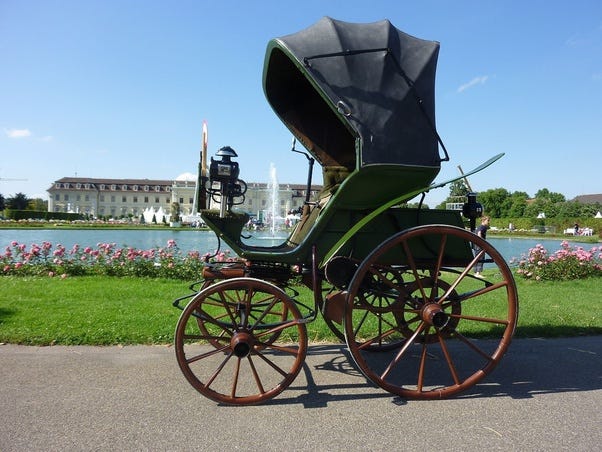

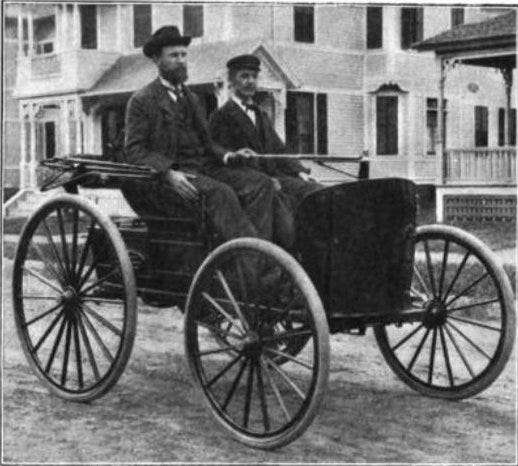
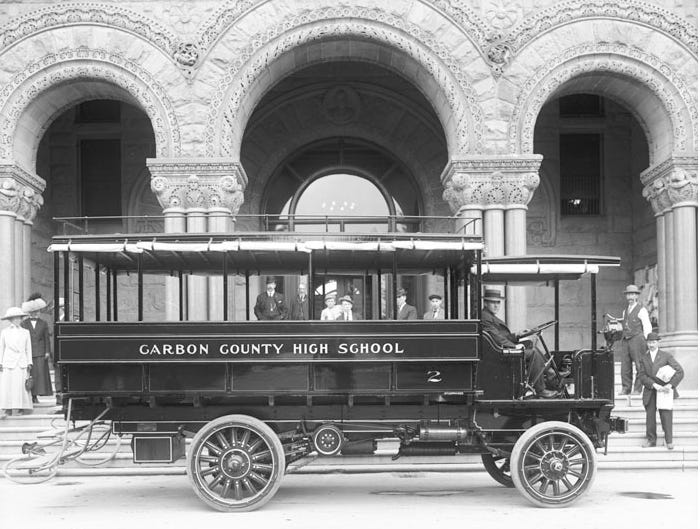
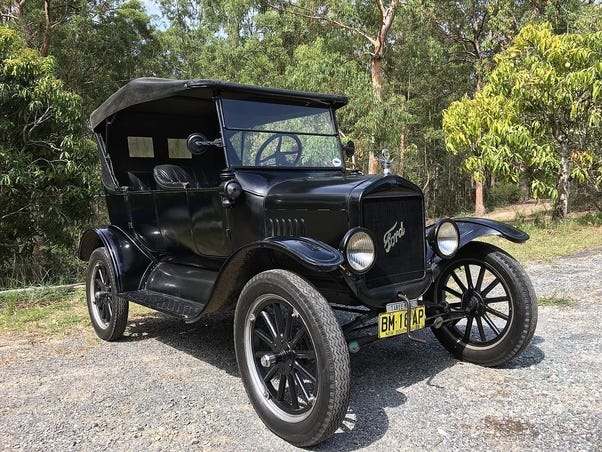
Fun history of the car Arjit. It is worth remembering also why the automobile was so revolutionary.
By the time of the Model T, the purchase price may have been higher than a horse, BUT they were cheaper over time as they required less “maintenance” than a horse.
The automobile ended rural isolation, connecting farmers with nearby towns.
You also may like this history of engines: https://www.lianeon.org/p/the-engines-of-progress